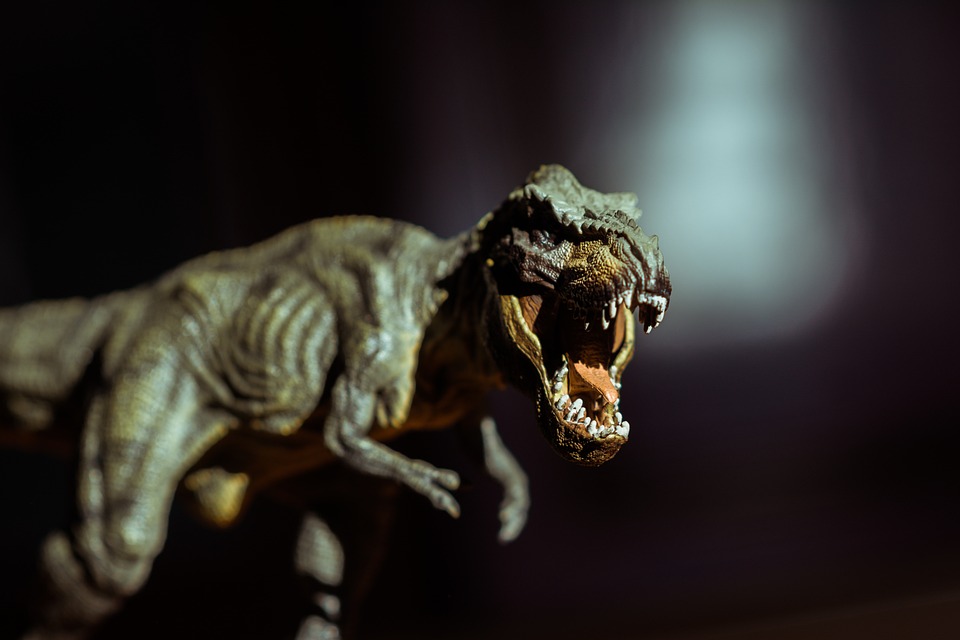Preventing and Managing Fish Tank Hole-in-the-Head Disease
Your Comprehensive Guide to Ensure a Healthy Aquarium Environment
Introduction:
Fish tank hole-in-the-head disease, scientifically known as Hexamita or HITH, is a common and potentially serious ailment that affects various species of aquarium fish. This article aims to provide you with valuable insights and practical tips on preventing and managing this disease, ensuring the well-being of your beloved aquatic pets.
Table of Contents:
1. Understanding Fish Tank Hole-in-the-Head Disease
2. Causes and Risk Factors
3. Recognizing the Symptoms
4. Prevention Measures
5. Managing Hole-in-the-Head Disease
6. Frequently Asked Questions (FAQs)
1. Understanding Fish Tank Hole-in-the-Head Disease
Fish tank hole-in-the-head disease is a condition that primarily affects the skin and connective tissues of fish, causing the formation of lesions or pits on their heads or along the lateral line. The disease is caused by a parasitic organism called Hexamita, which thrives in poor water conditions and dietary deficiencies. Understanding the basics of this disease is crucial for effective prevention and management.
2. Causes and Risk Factors
2.1 Poor Water Quality: Maintaining optimal water quality is essential to prevent hole-in-the-head disease. High levels of ammonia, nitrites, and nitrates, along with low oxygen levels, can weaken the fish’s immune system, making them more susceptible to infections.
2.2 Nutritional Deficiencies: Inadequate nutrition, particularly a lack of essential vitamins and minerals, contributes to the development of hole-in-the-head disease. Poor-quality or imbalanced fish food can compromise the fish’s immune system, making them more prone to infections.
2.3 Stress: Stressful conditions, such as overcrowding, aggressive tank mates, inadequate hiding spots, or sudden changes in water parameters, can weaken a fish’s immune system, making them more vulnerable to diseases.
3. Recognizing the Symptoms
3.1 Lesions and Pits: The primary symptom of hole-in-the-head disease is the presence of lesions or pits on the fish’s head or body. These may appear as small, white, or gray depressions, resembling holes. In severe cases, the lesions can become deep and open wounds.
3.2 Reduced Appetite: Infected fish often show a decrease in appetite and may refuse to eat altogether. This can lead to weight loss and a further decline in their overall health.
3.3 Lethargy and Behavioral Changes: Fish suffering from hole-in-the-head disease may exhibit a lack of energy, reduced swimming activity, and increased isolation. They may also become more prone to stress and exhibit unusual behavior.
4. Prevention Measures
4.1 Maintain Optimal Water Parameters: Regularly test the water parameters in your aquarium and ensure they are within the suitable range for your fish species. Keep ammonia, nitrite, and nitrate levels low, and maintain adequate oxygenation.
4.2 Provide a Balanced Diet: Offer high-quality fish food that fulfills the nutritional requirements of your fish. Supplement their diet with vitamin-rich foods, such as fresh vegetables or specialized fish supplements, to prevent nutritional deficiencies.
4.3 Avoid Overcrowding: Ensure your aquarium is appropriately sized for your fish and avoid overcrowding. This helps minimize stress and reduces the risk of disease transmission.
4.4 Quarantine New Fish: Before introducing new fish to your established aquarium, quarantine them in a separate tank for a few weeks. This helps identify any potential disease carriers and prevents the spread of infections.
5. Managing Hole-in-the-Head Disease
5.1 Isolate Infected Fish: If you notice symptoms of hole-in-the-head disease, promptly isolate the affected fish in a separate quarantine tank. This prevents the spread of the disease to other healthy individuals.
5.2 Improve Water Quality: Perform regular water changes, ensuring optimal water conditions. Use a high-quality filtration system to maintain water cleanliness and reduce the concentration of harmful substances.
5.3 Treat with Medications: Consult with a veterinarian or aquatic specialist to determine the appropriate medication for treating hole-in-the-head disease. Medications like metronidazole or antibiotics may be prescribed to help combat the underlying infection.
5.4 Enhance Nutrition: Offer a nutritious diet that includes a variety of high-quality foods rich in vitamins and minerals. Supplements like garlic or vitamin-enhanced fish pellets can aid in boosting the fish’s immune system.
6. Frequently Asked Questions (FAQs)
Q1. Can hole-in-the-head disease be fatal for fish?
A1. Hole-in-the-head disease can be potentially fatal if left untreated. It is important to seek prompt veterinary assistance.
Q2. Can I prevent hole-in-the-head disease by simply providing a varied diet?
A2. While a varied diet is important, it is not the sole preventive measure. Maintaining optimal water quality and minimizing stress are also crucial in preventing hole-in-the-head disease.
Q3. Is hole-in-the-head disease contagious to other fish in the same tank?
A3. Hole-in-the-head disease can be contagious, especially if the underlying cause is poor water quality or dietary deficiencies. Quarantining infected fish and improving overall tank conditions can help prevent the spread of the disease.
Q4. How long does it take to treat hole-in-the-head disease?
A4. The duration of treatment depends on the severity of the disease and the individual fish’s response to medication. It is important to follow the veterinarian’s instructions and continue treatment until the fish has fully recovered.
Q5. Can hole-in-the-head disease affect all species of aquarium fish?
A5. Hole-in-the-head disease can affect a wide range of aquarium fish species. However, some species may be more susceptible than others. Proper care, nutrition, and preventive measures can help minimize the risk of the disease.
Remember, early detection and prompt action are crucial for effectively managing hole-in-the-head disease. By implementing preventive measures and maintaining a healthy aquarium environment, you can minimize the risk of this disease and provide your fish with a thriving and disease-free habitat.









